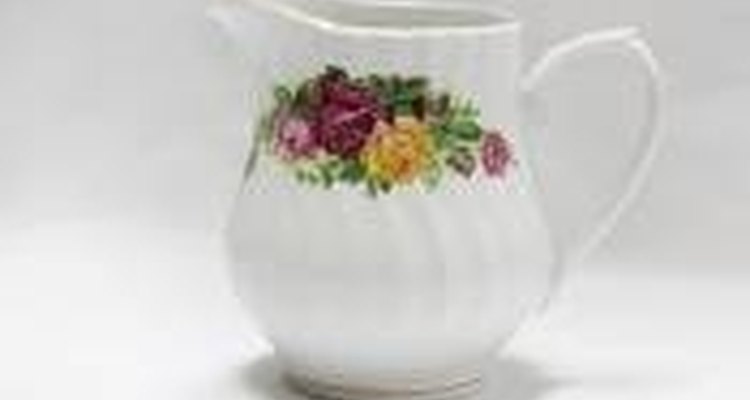
Bathing in milk has been a popular beauty regimen among women for thousands of years. Milk contains lactic acid, a member of the family of alpha-hydroxy acids (AHAs), which break down dead skin cells thereby allowing the skin to rejuvenate itself more quickly. AHAs also act as moisturizers by taking humidity from the air and helping skin absorb this moisture. This results in younger and healthier looking skin.
Antiquity
Legend has it that Cleopatra indulged in milk and honey baths daily. While it is uncertain if this is true, we do know that Nero's wife Poppaea certainly enjoyed milk baths. Pliny the Elder wrote in his "Natural History" that it was Poppaea who started the tradition of bathing in milk. Juvenal, an approximate contemporary of Pliny, satirized Poppaea's milk baths, writing that she would take her donkeys to the ends of the earth when exiled to make sure she had milk for her baths.
Aristocracy
Milk baths were a luxury in which only the wealthiest could indulge. In the sixteenth century, Diane de Poitiers, the mistress of French King Henry II took milk baths in an attempt to keep herself looking youthful.
During the reign of Charles II between 1660 and 1685, milk baths became popular among nobles in England.
In the eighteenth century, Napoleon's younger sister, Pauline, had her servants make a hole in the ceiling above her bath so they could pour milk directly into her tub.
Health
In some cases, people took milk baths owing to their perceived health benefits. In pre-Revolutionary France, there is a story about the governor of Avignon, Marquis de Rochechouart, whose doctor ordered that he bathe in women's milk to save his life. Nursing women throughout the city came and offered their milk for the governor's bath, although history does not reveal whether this cured his life-threatening illness. In more recent times, some practitioners of homeopathic remedies claim that bathing in goats' milk is beneficial for arthritis sufferers.
Recycling
There is evidence that certain people reused the milk from their baths for consumption. In the eighteenth century, Marechal duc de Richelieu had his servants sell the milk once he had finished bathing in it. Abbess Rohan of Marqueste used the milk from her baths to cook soup for the nuns at her convent. There are even known instances of Swiss innkeepers in the nineteenth century reusing the bath milk of their guests to make cheese.
Modern times
Milk baths are making a comeback for people interested in skin care. Recipes can be found for milk baths with various additions such as oatmeal, honey, and herbs. Stores such as The Body Shop and Crabtree & Evelyn, which sell bath and beauty products, also sell milk baths. These come in the form of an oil or a powder that you sprinkle or pour under running water. An iconic photograph by renowned photographer Annie Leibovitz of Whoopi Goldberg almost completely submerged in her bath of milk has gained some notoriety.
Related Articles
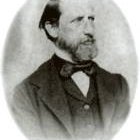
The History of Nestle Chocolate

Male Models of the 90s

Can I Dilute Whipping Cream to Sub Milk?
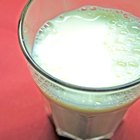
How to Make a Cinnamon Milk Face Mask

Does Cooking Raw Milk Pasteurize It?

What Are Rennet Tablets?

Face Mask for a Swollen Face
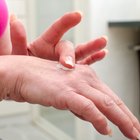
Can Putting Milk on Your Skin Get Rid ...

Difference Between Fermented Milk & ...

Cold Milk for Weight Loss

How to Freeze Goat's Milk
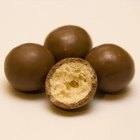
Malted Milk Ball History

What Is a Frosted Malted?

Can You Cook Rice in Milk Instead of ...
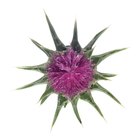
Does Milk Thistle Lower Liver Enzymes?

Can I Use Regular Milk Instead of ...

How to Cook Elbow Macaroni in Milk
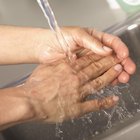
Soaking Dry & Chapped Hands in Milk

Sources of Calcium in Indian Food

How to Make Milk Powder Non-Instant
Writer Bio
Martha A. Brozyna holds a Bachelor of Arts degree in history and political science from Rutgers University and a Ph.D. in history from USC. Her publications include "Gender and Sexuality in the Middle Ages" and "Contrarian Ripple Trading: A Low-Risk Strategy to Profiting from Short-Term Stock Trades" and blogs on Mental Floss.
Photo Credits
Photo courtesy of Photos8.com